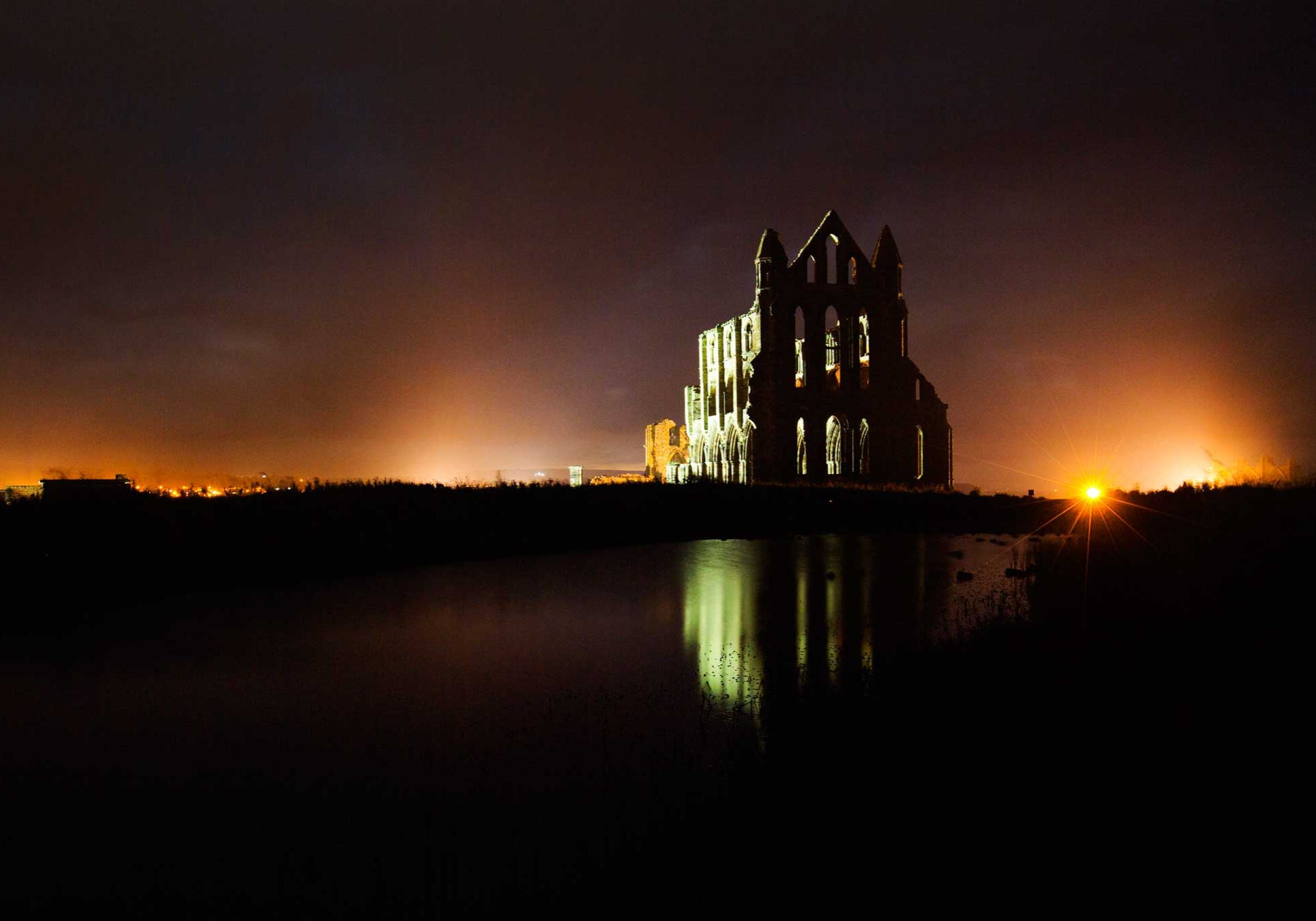
The Easter Battle
by Northern Life
Whitby is famous for more than its ruined abbey and the birth of Dracula. The wind-swept headland, which is the historic site for both, was also the area in which a more important decision was made and which has affected us for more than 1,300 years.
In fact the date of Easter currently used was established 1,600 years ago at the Synod of Nicaea in 325. Using complicated calculations it has fallen as early as 22nd March and as late as 25th April – in a cycle which repeats itself every 5,700,000 years!
Civic leaders in Whitby have already protested at his move, demanding that their historic dating should remain
At the council of Nicaea, convened by the Roman emperor Constantine, it was agreed that Easter should come on the first Sunday after the 14th day of the Paschal – or ecclesiastical – full moon.
But more than 300 years later that decision was ratified and became generally more accepted at the Synod of Whitby in 664AD.
Just as the Christian church is divided into different factions, some, like the Orthodox churches usually celebrate Easter a week after.
At Whitby King Oswiu of Northumbria announced that his kingdom would calculate Easter according to the customs of Rome, rather than using the methodology of the Irish monks at Iona and the institutions associated with them.
The synod was summoned at Hilda’s double monastery of Streonshalh (Streanæshalch), later called Whitby Abbey.
It was a decision that has led to Easter being held at widely differing dates and to the Archbishop of Canterbury deciding that enough was enough and, after consulting the world leaders of other Christian denominations, appealing for Easter to be regularly on the second
or third Sunday in April – something he wants to happen within the next few years.
He is keen to see it happen before he retires, admitting “it may take a little while.”
His reasoning is that it would make things easier for schools, governments, and businesses to fix holidays and would provide a calendar which is more easily understandable in advance.
The Rt Rev Justin Welby believes a unified date could come in five to ten years, stating: “I would love to see it before I retire.”
Civic leaders in Whitby have already protested at his move, demanding that their historic dating should remain.
Three years ago the then Mayor of Whitby, Coun John Freeman, supported the Whitby decision, claiming it was still relevant.
“It is wonderful that a decision made in Whitby and involving the phases of the moon, so many centuries ago, should still stand and be recognised worldwide,” he said.
The Whitby decision had ended confusion which had worsened over centuries but was still unable to prevent some branches of Christianity from following their own dating procedure.
Away from the Christian row, Bram Stoker was living in a guesthouse at 6 Royal Crescent, Whitby, at the end of July 1890, and the area inspired him to wrote Dracula, which was published 120 years ago.
The town’s other famous resident was Captain James Cook, the 18th-century explorer who discovered Australia, and began his seafaring live apprenticed to a Whitby shipowner.
These historic names brought fame to the town which has been an attraction for visitors over the years but it is possible that the row over Easter will encourage another publicity spur for the seaside-port.
It is anyone’s guess as to whether the Archbishop’s pressure for a more unified dating will eventually be agreed or whether the current system will continue.
Either way Whitby has already claimed its place in ecclesiastical history.




